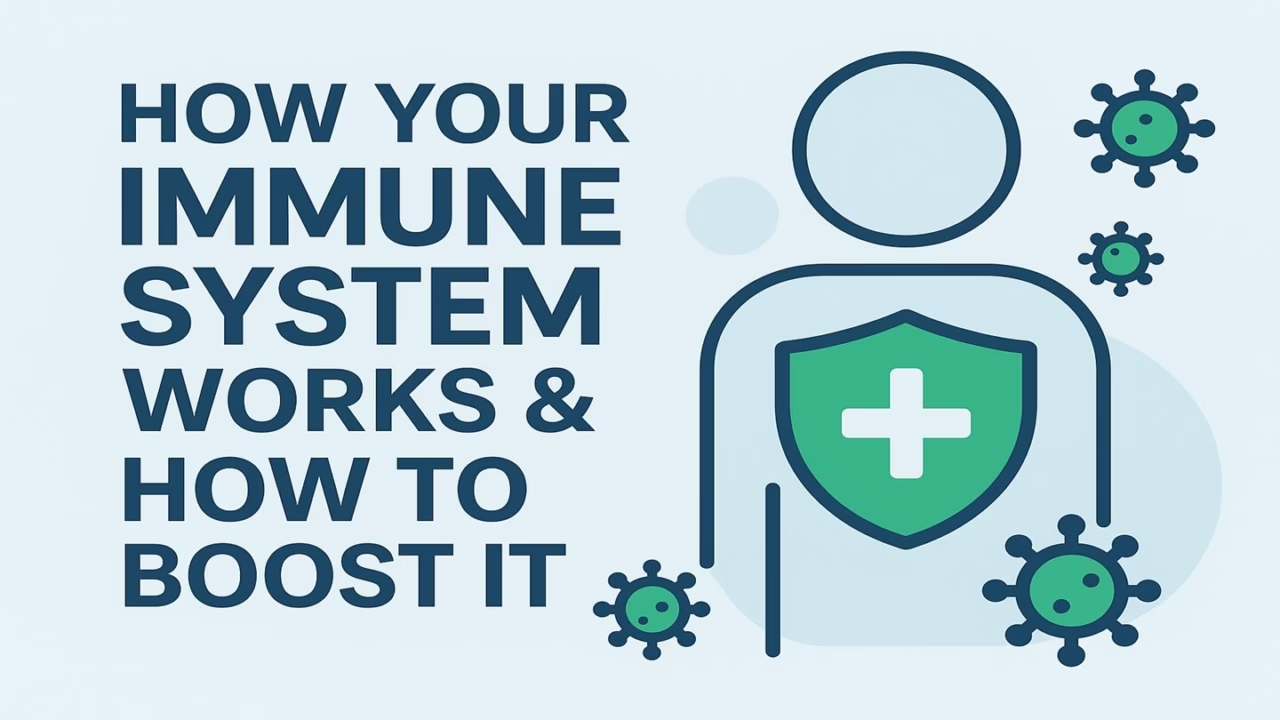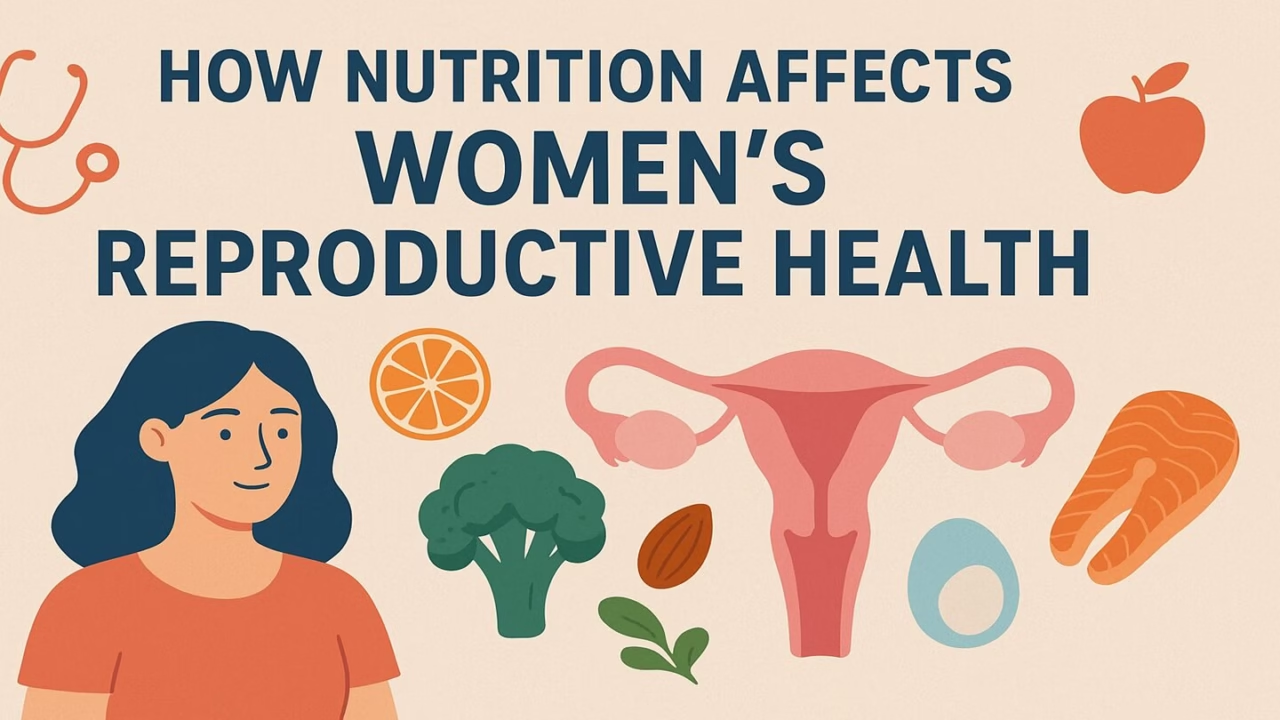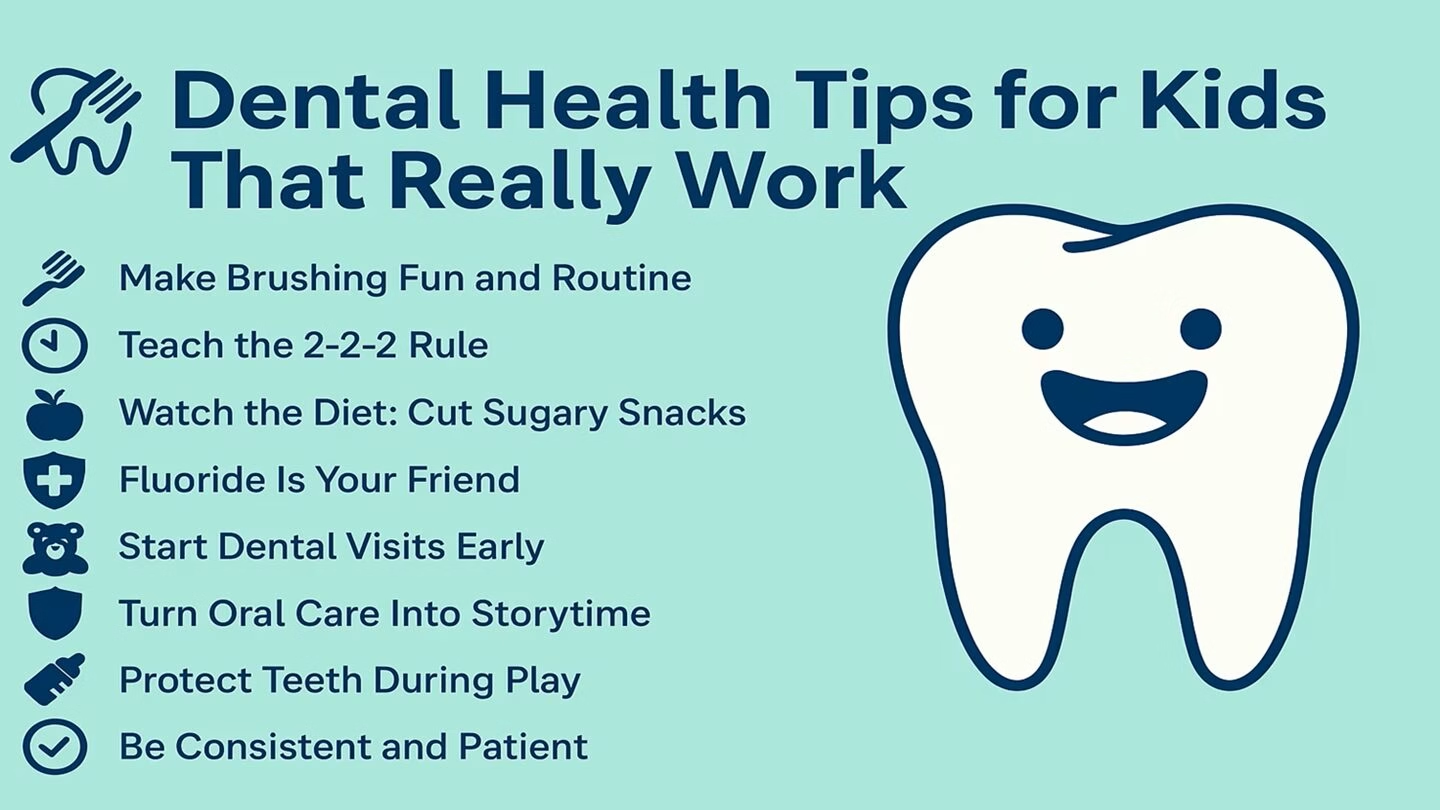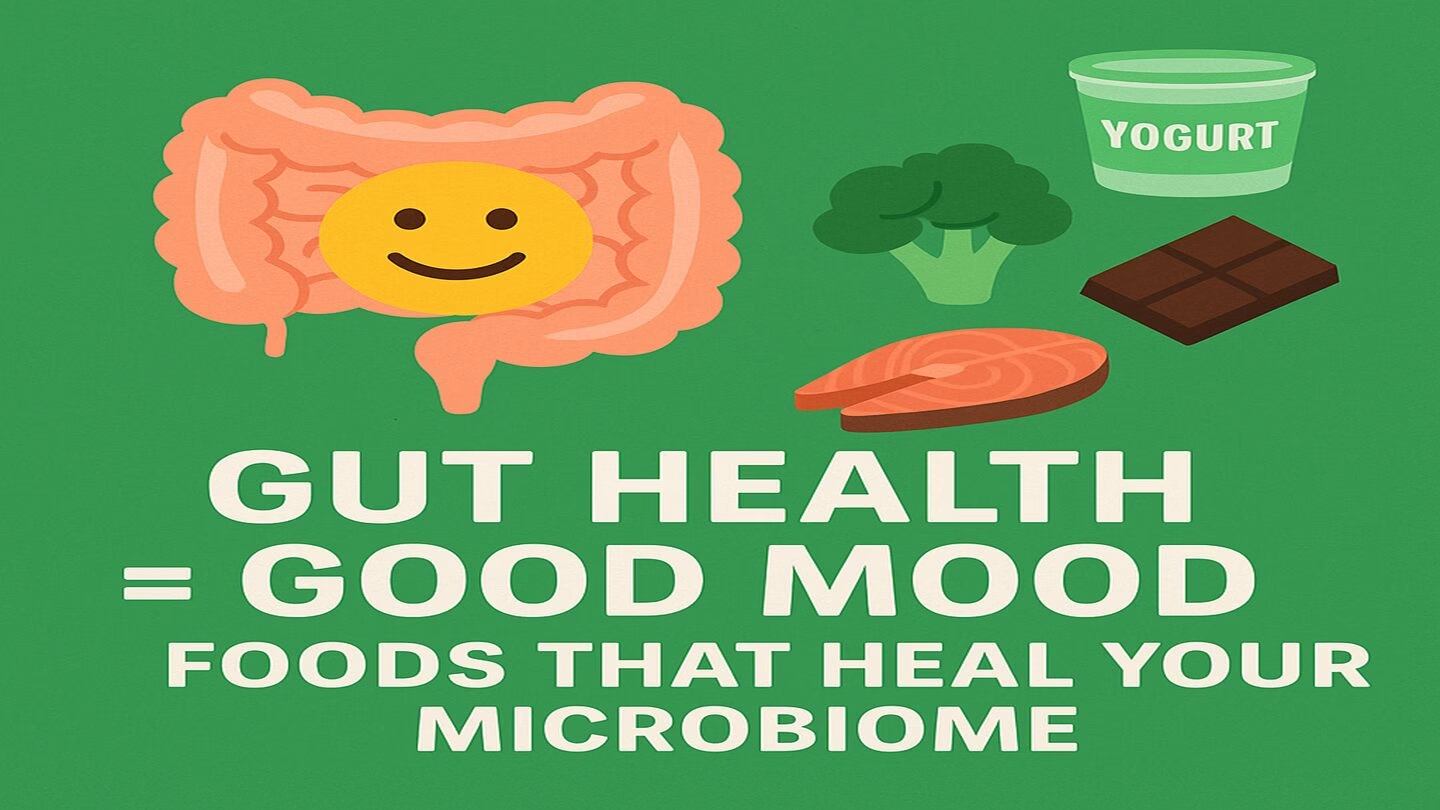In today’s fast-paced world, many people eat on the go, in front of screens, or while distracted—often consuming more food than needed and missing out on the true pleasure of eating. Mindful eating is a powerful yet simple practice that helps us reconnect with our food, listen to our body’s signals, and make healthier, more satisfying choices. It’s not a diet—it’s a lifestyle approach that can transform your relationship with food.
🧠 What Is Mindful Eating?
Mindful eating is the practice of paying full attention to the experience of eating. This means being present in the moment—savoring the flavors, textures, and aromas of food, and being aware of your hunger and fullness cues. It involves:
- Eating slowly and without distraction
- Listening to physical hunger rather than emotional cravings
- Appreciating food without guilt or judgment
- Understanding how different foods make you feel
🍽️ The Common Causes of Overeating
Many factors can lead to overeating, including:
- Emotional Eating: Using food to cope with stress, boredom, sadness, or anxiety.
- Distraction: Eating while watching TV, using your phone, or working can lead to mindless consumption.
- Portion Distortion: Oversized servings in restaurants and packaged foods mislead our perception of how much we need.
- Habitual Snacking: Reaching for food out of routine rather than hunger.
- Skipping Meals: This often backfires, causing extreme hunger and binging later.
🧘♀️ Benefits of Mindful Eating
Practicing mindful eating has a range of physical and psychological benefits:
- Prevents Overeating: You’re more likely to notice when you’re full and stop.
- Improves Digestion: Eating slowly gives your stomach time to signal fullness.
- Promotes Healthy Weight: Many people naturally lose weight without dieting.
- Reduces Stress: Shifting focus to the present moment helps ease anxiety and tension.
- Enhances Enjoyment of Food: When you truly savor your food, you enjoy it more—even in smaller portions.
✅ How to Practice Mindful Eating
Here are practical steps you can start today:
1. Eat Without Distractions
Turn off the TV, put your phone away, and focus only on your meal. Make mealtime a peaceful ritual.
2. Check In With Your Body
Ask yourself before eating: Am I really hungry? Or am I tired, bored, or stressed?
3. Engage Your Senses
Notice the colors, smell the aroma, and appreciate the texture and taste of your food. Take smaller bites and chew thoroughly.
4. Eat Slowly
Put your fork down between bites. This helps you tune into your body’s signals and prevents overeating.
5. Listen for Fullness
Pause halfway through your meal and ask yourself how satisfied you feel. Stop eating when you’re about 80% full—your body will catch up.
6. Avoid Judgment
Don’t label foods as “good” or “bad.” Instead, observe how they make you feel. This helps reduce guilt and builds a healthier food relationship.
7. Practice Gratitude
Take a moment before eating to appreciate the effort that went into the meal—whether it’s home-cooked or takeout.
🍎 Mindful Eating vs. Dieting
Mindful eating isn’t about restriction—it’s about awareness and choice. Diets often rely on external rules, while mindful eating puts the focus back on internal cues. This makes it more sustainable in the long run.
📝 Simple Mindful Eating Exercise
Next time you eat a snack (like a piece of chocolate or fruit):
- Look at it carefully. What do you see?
- Smell it. What aromas can you notice?
- Place it in your mouth and let it sit for a moment.
- Chew slowly and feel the texture and taste.
- Reflect on how your body and mind respond.
This short exercise can change how you experience food completely.
🌿 Final Thoughts
Mindful eating is a gentle, compassionate way to reclaim control over your eating habits. It encourages a deeper connection to your body and your food. By slowing down and being fully present at mealtime, you can prevent overeating, improve your health, and rediscover the simple joy of eating.
ABOUT THE AUTHOR
Dr. Nora West is a highly skilled MBBS doctor with a special interest in women’s health and patient education. She is dedicated to providing compassionate care and believes in building strong doctor–patient relationships based on trust and understanding. Dr. Nora focuses on empowering her patients with the knowledge they need to make informed decisions about their health. She is particularly passionate about preventive medicine, nutrition, and lifestyle interventions that can significantly improve quality of life. Known for her warmth and professionalism, Dr. Nora combines evidence-based medicine with a personalized approach, ensuring every patient feels supported on their journey to better health.


















Add comment